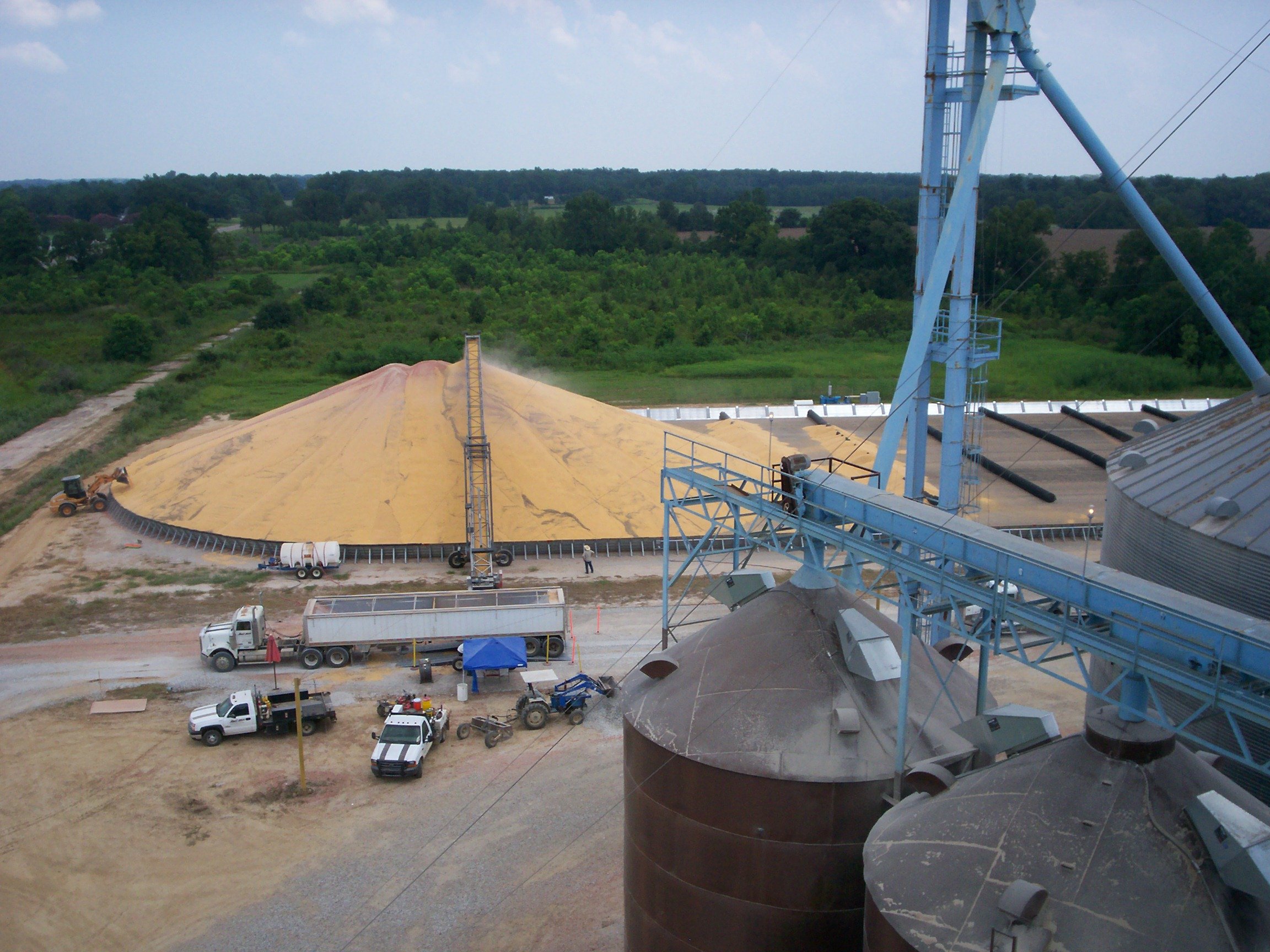Preparing for the Grain Merchandising Inevitable: Part 3
A Plan in the Making
 It is winter and the grain elevator is abuzz with activity . . . you have old crop bushels to empty out of the bin, grain to move off the farm, and for those involved in agronomy, chemicals, seed and fertilizer are on the horizon as well. The last thing that you are thinking about at this point is grain merchandising for next year’s crop.
It is winter and the grain elevator is abuzz with activity . . . you have old crop bushels to empty out of the bin, grain to move off the farm, and for those involved in agronomy, chemicals, seed and fertilizer are on the horizon as well. The last thing that you are thinking about at this point is grain merchandising for next year’s crop.
Starting a plan for new crop may not seem to be all that urgent right now, but it is important to recognize that while you wait there are things happening. New crop spreads are trading. New crop sales do exist. New crop purchases are being made. Facts are new crop opportunities are laid on the table long before the crop is harvested – and, yes, sometimes before it is even planted. While you may be more comfortable waiting until the crop is closer to harvest to formulate your merchandising plans, it may not be wise. By doing nothing when it comes to pre-season planning, are you choosing to ignore the inevitable... and passing up opportunity as a result?
The Cost of Putting Off Until Tomorrow
People are uneasy making decisions about things they can’t see, touch or feel. In terms of merchandising it is making decisions about bushels that are not in their physical possession that is the challenge. There are a lot of “what if’s” that hold people back. But, rarely are the fears justified.
I know people who have been in the elevator business 30 years who are reluctant to do any pre-season planning because of their fear of the unknown. "I’ll put off taking action until I know for sure what’s going to happen." Yet, every year come harvest there are bushels to handle . . . it’s inevitable. There is grain to be bought . . . there are sales to be made . . . there are spreads to be set. It makes you wonder . . . is there a cost to procrastination?
Merchants that take this approach do okay. They wouldn’t be in business 30 years if their methods were not profitable. It is not that you have to be an active pre-season merchant to be successful, but it is important to recognize that there is a price to be paid when you don’t. The costs come in two forms. There is the money that is left on the table by not taking advantage of opportunity when it presents itself – the best basis or best spread opportunity comes along one, two, three or four months prior to harvest and you let it slip by. These are hard dollars you could be adding to your bottom line.
The other cost is inconsistency. The wait-and-see approach counts on the right basis or the right spread being there when the action is taken. It suffers the consequences if it is not – maybe you have to pass on an opportunity or you end up with not-so-good margins this time around. You can’t help but have big swings in margins from year to year when the outcome is left to chance.
On the other hand, planned actions give the merchant greater control. When the right basis or the right spread is offered -- and you capture at least some of it -- you take control of the outcome . . . and with control comes greater consistency.

A Plan in the Making

Why? Pre-spreading is about locking in spread structure that will support your merchandising plans. (e.g., if you plan to carry grain you need a...

Planning with a Purpose